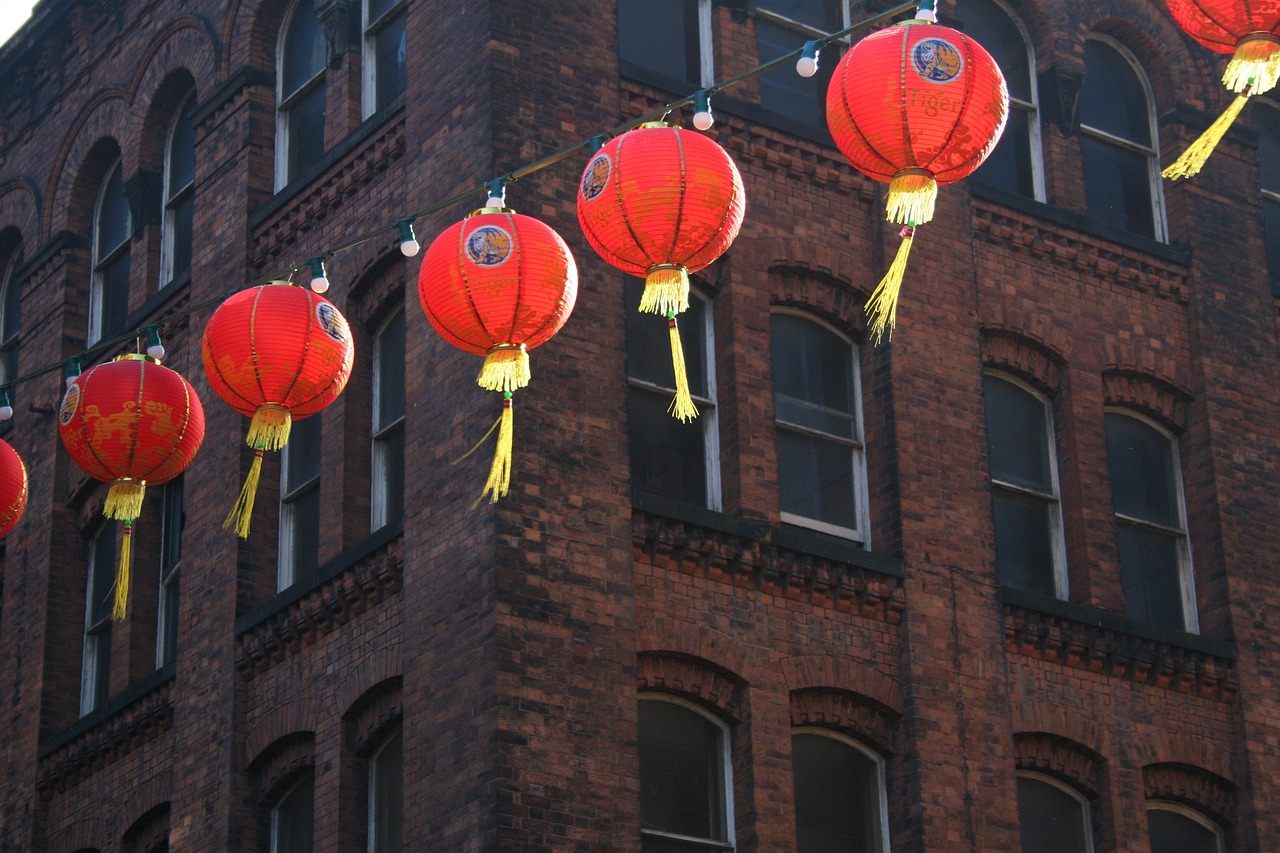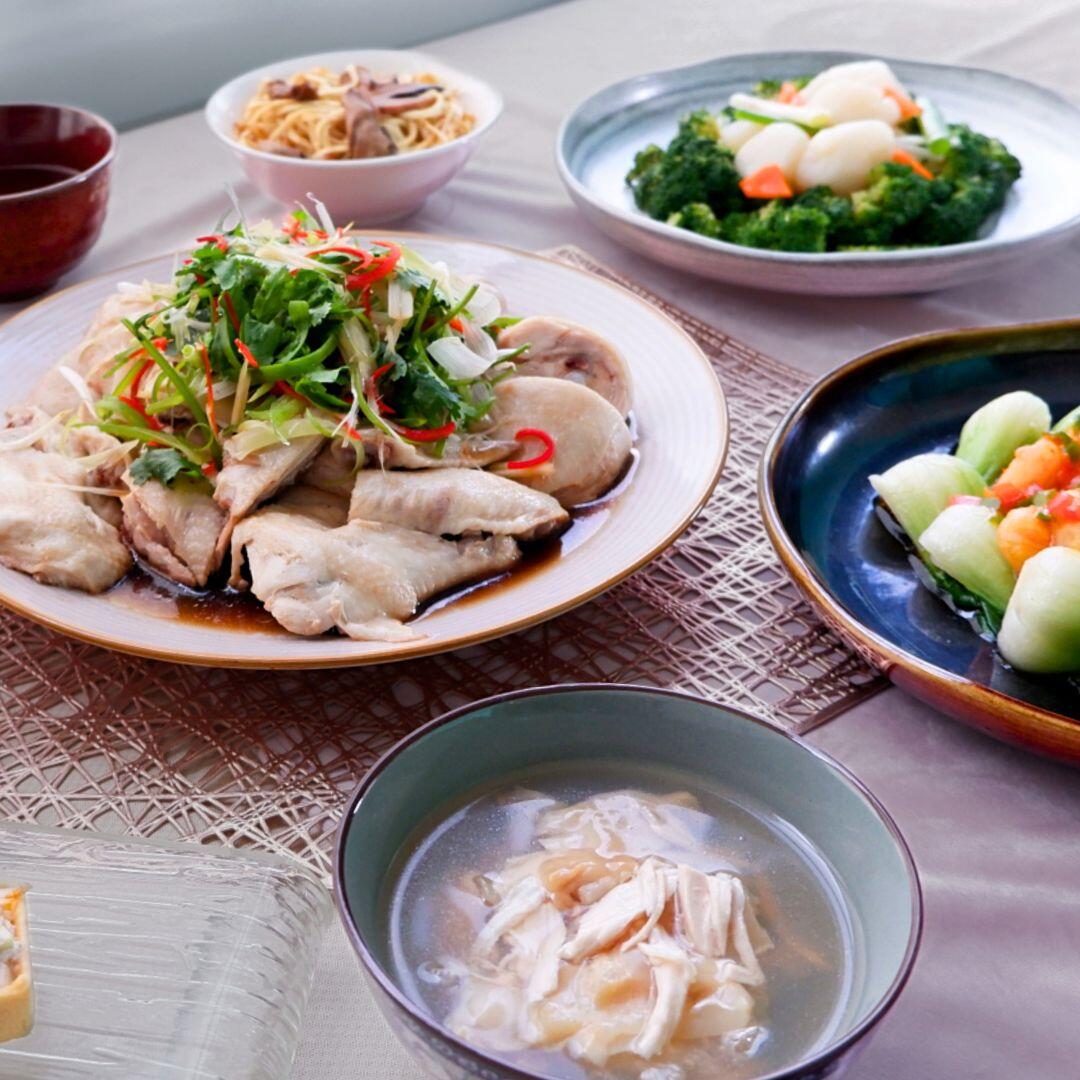Food Culture
Discover Home Flavors Through CNY's Delicacies



Chinese cuisine is indeed vast and profound. As the Chinese New Year approaches in February, let’s explore the New Year’s dishes from various provinces to glimpse their unique characteristics. From traditions, ingredients, and customs, to cooking methods, the dishes from the northern and southern regions showcase distinctly different authentic essences. In the north, dumplings are a must-eat on the first day of the new year, while those in the south must have chicken, fish, oysters, lettuce, and tangyuan (sweet dumplings), especially the picky eaters in Guangdong Province. Their first meal during the New Year must include “food for ten-thousand-year,” which is enough food for the family to eat for three days, symbolizing ‘no worries about food and drink’. Usually, preparations for New Year’s dishes start ten days before the festival, aiming for a peaceful, auspicious, and prosperous new year after the reunion dinner and First meal of CNY.
The Northern Tradition:
1
In Hebei, besides dumplings, there are dishes like rice cakes, stewed mixed vegetables, braised pork, sweet and sour ribs, braised pig's feet, lion's head meatballs, egg dumplings, and liang fen (cold mung bean noodles). Liang fen, a special local snack with a history of over 300 years, embodies sour, salty, spicy, numbing, and fragrant flavors in a single bite.
2
The "Eight Big Bowls" in Shaanxi are an indispensable dish for the festival, consisting of stewed chicken, crispy pork, steamed meat with rice flour, braised pork with date, roasted pork knuckle, steamed air-dried chicken, cured meat, and eight-treasure rice. With more meat than vegetables, it signifies the generosity and abundance of Shaanxi people.
3
In Gansu, the New Year's meal must include authentic "warm pots" and hand-pulled noodles. The former is a stew containing beef, pork, tofu, fine noodles, potatoes, radishes, mushrooms, and vegetables, cooked in a specially made sand pot. Hand-pulled noodles are made to pray for a vibrant and energetic year ahead.
4
In Shanxi, roasted pork is a must-eat for the New Year, one of the essential dishes on Shanxi's New Year's dinner table. Preparation usually begins before the festival, characterized by its red color with hints of golden brown, symbolizing prosperity throughout the year.
The Southern Tradition:
1
In Fuzhou, it's a must to have 'Tai Ping Yan' for the New Year. It contains 'Fuzhou Wonton”' and duck eggs, symbolizing 'peace and stability.' Wonton skin for the 'Fuzhou Wonton” is not ordinary wonton skin, it is made with minced pork belly and sweet potato starch, the thinly rolled skin will then be used for wrapping the wonton. Fuzhou locals also enjoy sweet treats, so New Year's dishes also include prepared rice cakes and mashed taro.
2
For the CNY dinner in Hubei, it's essential to have 'Three Fulls,' 'Three Cakes,' and 'Three Balls.' 'Three Fulls' consists of a whole chicken, duck, and fish; 'Three Cakes' includes fish cake, meat cake, and lamb cake; 'Three Balls' contains fish balls, meatballs, and lotus root balls.
3
People in Hunan choose four, six, or eight New Year's dishes based on the number of family members, symbolizing the hope for paired good things and perfection, expecting everything to go well in the coming year.
4
In Guangdong, for both CNY Eve and first day of CNY, chicken, goose, fish, and meat are the main dishes, complemented by stir-fries, dim sum, and desserts. Each dish carries symbolic meaning, emphasizing the importance of positive symbolism in meals. The 'lo hei' dish has gained popularity among Hong Kongers in recent years. Apart from the symbolism of 'reaching new heights,' the dish includes raw fish symbolizing 'surplus year after year,' signifying double joy and celebration. Originally a common dish in Guangdong province, 'lo hei' was modified by a renowned chef in Singapore into a New Year's dish, mixing raw fish with different colored shredded vegetables and sauces, gaining popularity there before making its way to Hong Kong, becoming a designated auspicious dish for company's New Year's dinners.
The culinary cultures between the North and South are distinctly different. Southern New Year dishes emphasize abundance and delicacy, filled with symbolism, much like the gentle nature of Southern people. Northern New Year dishes exhibit a bold and hearty demeanor, relishing meat and indulging in drinks, reflecting the straightforward and hearty nature of Northerners. The nuances in these culinary traditions reveal the profound and wonderful realm of gastronomy.
© 2025 Lunno. All Rights Reserved.
